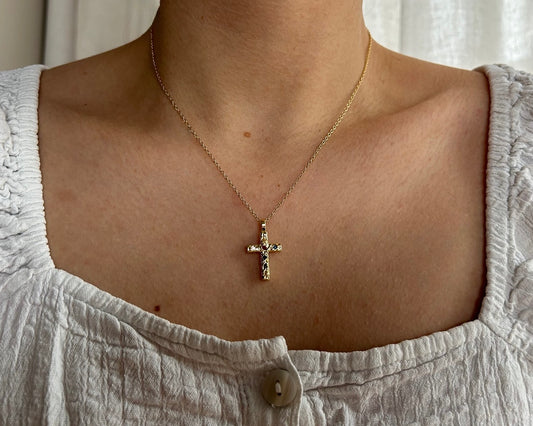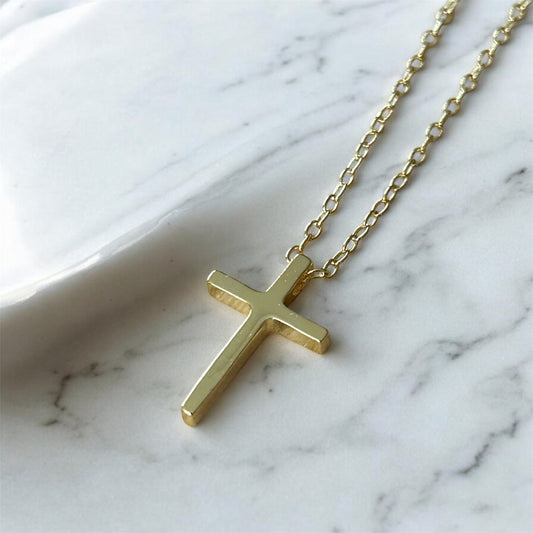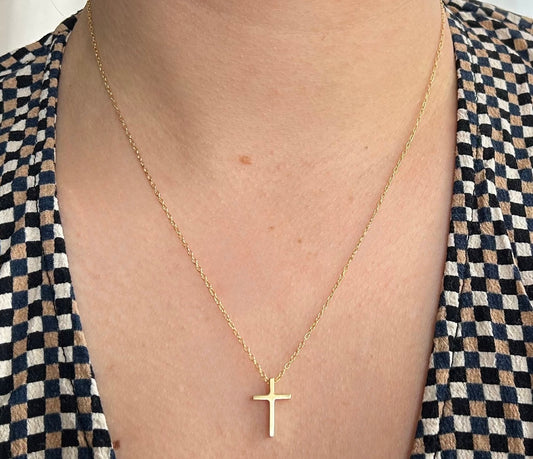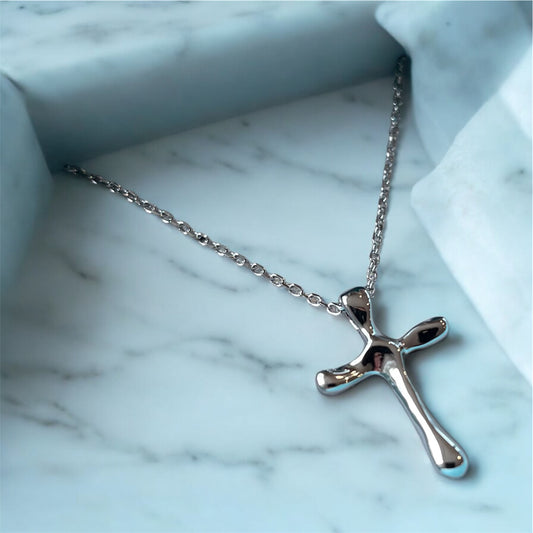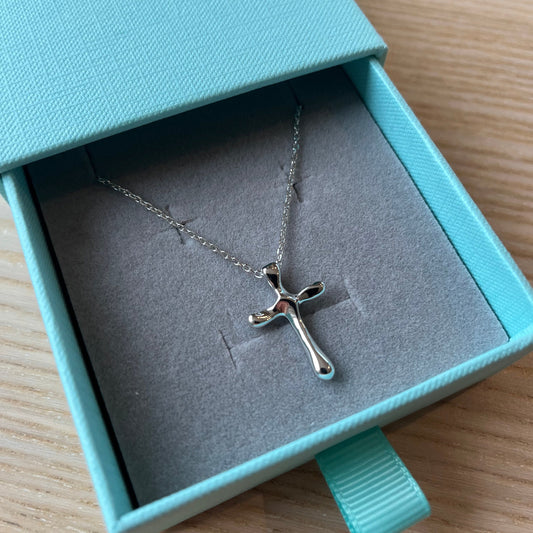List of Christian Religions: Understanding the Major Denominations
Share
List of Christian Religions: Understanding the Major Denominations
Table of Contents
1. Introduction
Christianity is the world’s largest religion, with over two billion followers globally. However, it is divided into various denominations, each with unique beliefs, traditions, and practices. This list of Christian religions explores the major Christian denominations, providing insight into their core beliefs and traditions. Additionally, we will discuss how different groups approach the use of Christian jewellery as a symbol of faith.
2. Overview of Christian Denominations
Christianity is broadly divided into three main branches: Roman Catholicism, Eastern Orthodoxy, and Protestantism. Each of these branches contains multiple denominations with distinct interpretations of Christian doctrine. Some smaller groups, such as Jehovah’s Witnesses and Latter-day Saints, have also developed their own unique beliefs.
3. Roman Catholicism
Roman Catholicism is the largest Christian denomination, with over 1.3 billion followers worldwide. Led by the Pope in Vatican City, Catholicism emphasizes the authority of the Church, apostolic tradition, and the seven sacraments. Catholics believe in the veneration of saints, the importance of the Virgin Mary, and the doctrine of transubstantiation in the Eucharist. Christian jewellery, particularly crucifixes, rosaries, and medals of saints, is widely used as a symbol of faith and devotion.
4. Eastern Orthodoxy
The Eastern Orthodox Church consists of multiple autocephalous (self-governing) churches, such as the Greek Orthodox, Russian Orthodox, and Serbian Orthodox. They uphold ancient traditions, liturgical worship, and the veneration of icons. The Orthodox Church places a strong emphasis on mysticism, theosis (union with God), and the sacraments. Orthodox Christians frequently wear crosses, particularly the distinctive three-bar cross, as well as icon pendants representing Jesus, Mary, and the saints.
5. Protestantism
Protestantism emerged during the Reformation in the 16th century as a movement against the practices of the Roman Catholic Church. It includes a wide variety of denominations that emphasize personal faith, scripture, and salvation through grace. Below are some of the main Protestant branches:
Lutheranism
Founded by Martin Luther, Lutheranism follows the principle of justification by faith alone and adheres to the teachings of the Bible. Lutheran churches maintain a liturgical style of worship and observe sacraments such as baptism and communion. Many Lutherans wear crosses as symbols of faith, though religious imagery plays a lesser role than in Catholicism or Orthodoxy.
Anglicanism
The Church of England and its global counterparts, such as the Episcopal Church, maintain a middle ground between Catholic and Protestant traditions. Anglican worship includes both scripture-based preaching and sacramental observance. Anglican Christians often wear crosses or religious pendants as personal symbols of devotion.
Methodism
Founded by John Wesley, Methodism focuses on holiness, evangelism, and social justice. Methodists emphasize a personal relationship with God and active community service. Christian jewellery is widely accepted, with many members wearing crosses or symbols of their faith.
Baptist Churches
Baptists emphasize baptism by immersion, the authority of the Bible, and personal faith in Christ. Baptist worship is typically non-liturgical, and religious imagery is less central to their faith. Many Baptists wear cross necklaces, though they generally avoid iconography.
Pentecostalism
Known for its emphasis on the Holy Spirit, Pentecostalism encourages spiritual gifts such as speaking in tongues, healing, and prophecy. Pentecostal worship is lively and expressive, and many members wear Christian jewellery like crosses, dove pendants, and purity rings.
Reformed Churches
Rooted in Calvinist theology, Reformed churches stress God's sovereignty, predestination, and scripture as the highest authority. Some members wear Christian jewellery, but religious symbols are less emphasized in their tradition.
Evangelicalism
Evangelical Christians prioritize a personal relationship with Jesus Christ, spreading the gospel, and biblical authority. Evangelical churches vary widely in practice, but Christian jewellery, such as cross necklaces, is commonly worn as a testimony of faith.
Presbyterianism
Presbyterian churches are governed by elders and follow Reformed theology. They emphasize scripture, sacraments, and a structured approach to worship. Crosses and other Christian jewellery are worn by some members, but they are not a major focus.
Adventism
Adventists, including the Seventh-day Adventist Church, emphasize the second coming of Christ and Sabbath observance on Saturday. While jewellery is generally accepted, some Adventists prefer modest attire without adornment.
6. Other Christian Denominations
Jehovah’s Witnesses
Jehovah’s Witnesses reject many traditional Christian symbols, including crosses, and do not wear Christian jewellery as part of their faith.
Seventh-day Adventists
Seventh-day Adventists emphasize the Sabbath and healthy living. Many members wear Christian jewellery, but it is a personal choice rather than a requirement.
Latter-day Saints (Mormons)
Mormons have unique beliefs that differ from mainstream Christianity. While they do not emphasize Christian jewellery, some members wear CTR (Choose the Right) rings as a symbol of faith.
7. Christian Jewellery and Different Denominations
Christian jewellery, such as crosses, crucifixes, and religious pendants, is widely used in many denominations as a symbol of faith. Roman Catholics and Eastern Orthodox Christians often wear crosses and rosaries, while Protestants typically wear simple cross necklaces. However, groups like Jehovah’s Witnesses discourage wearing religious symbols. Whether for personal devotion or cultural expression, Christian jewellery remains an important part of many believers' lives.
8. Conclusion
Christianity is diverse, with various denominations holding unique beliefs and traditions. This list of Christian religions provides insight into the different branches of the faith, from Roman Catholicism to Protestantism and beyond. While some denominations encourage wearing Christian jewellery as an expression of faith, others prefer a more symbolic or scripture-based approach. Regardless of denomination, the core of Christianity remains a shared belief in Jesus Christ and His teachings.


